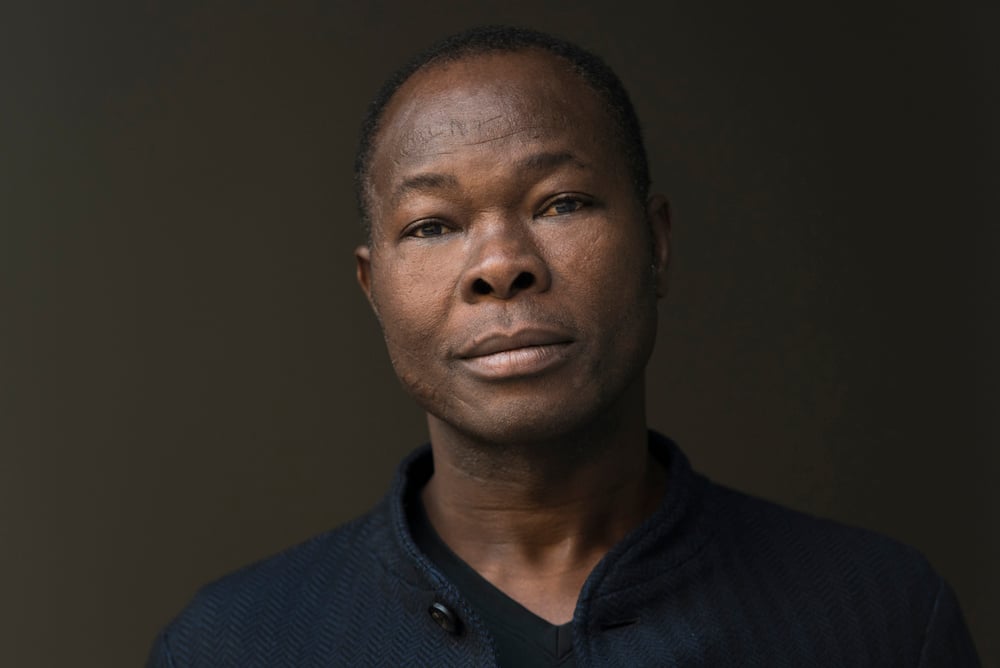
Diébédo Francis Kéré has been commissioned to design the Serpentine Pavilion 2017. Francis Kéré is the first African architect commissioned to design the annual Serpentine Gallery Pavilion.
Born in 1965 in the village of Gando, Burkina Faso, he now runs the practice Kéré Architecture in Berlin. Kéré has been recognized and exhibited internationally for his frugal, simple practice focused on being socially engaged and ecologically designed.
Serpentine Pavilion Exterior 2017, Designed by Francis Kéré, Design Render ©Kéré Architecture
Each year, an architect is asked to build a 300-square-meter temporary structure that functions as a community hub and café by day and a space for learning, debate, and entertainment by night. This year’s forum will initiate dialogue on community and rights to the city while also continuing “Park Nights,” the Serpentine’s public performance series.
Typically, the annual structure is on the Serpentine’s lawn for four months and subsequently sold to collectors, but this year’s architect hopes to have it travel and end up in a museum or library in Africa.
Serpentine Pavilion Interior 2017, Designed by Francis Kéré, Design Render, ©Kéré Architecture
“We are thrilled to reveal the designs for Francis Kéré’s Pavilion, which highlight the power of simplicity by reducing architecture to its core elements, modeled in harmony with the natural context of Royal Kensington Gardens. This Pavilion will be a space of conversation, collaboration and exchange,” stated Serpentine Galleries CEO, Yana Peel, and Artistic Director, Hans Ulrich Obrist.
“We share Kéré’s belief that architecture, at its best, can enhance our collective creativity and push people to take the future into their own hands.”
The community structure in Kensington Gardens this year will take its cue from cultural references from Kéré’s hometown rendered with experimental construction techniques, said the architect in a statement.
Particularly inspired by the community culture around trees in Burkina Faso, Francis Kéré’s project for the Serpentine Pavilion consists of an open-air courtyard at the center of the pavilion, with four different entryways and a rainwater storage system that drains water from the roof for irrigation through a waterfall effect.
The over-hanging roof canopy with steel framework and transparent skin is suitable for sunlight to enter the structure. Along with wooden shading elements, it contributes to the freedom, openness, and synonymity with nature Kéré’s work is known for.